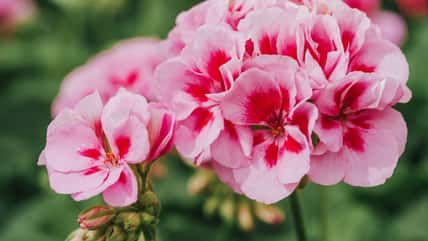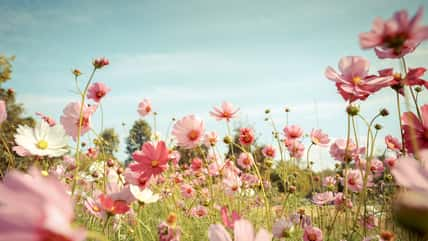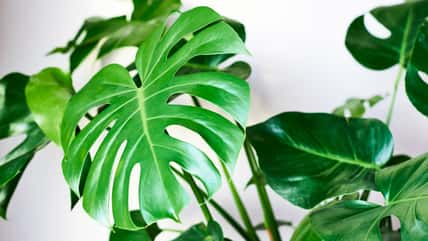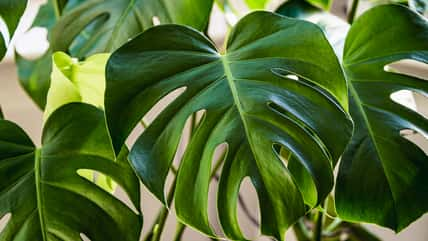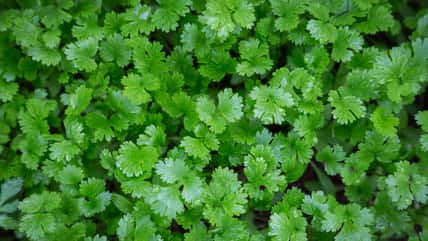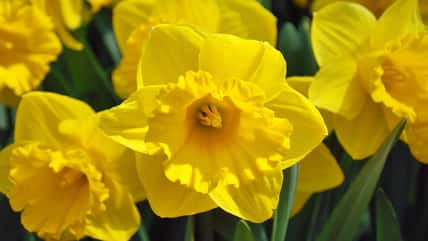How To Master The Art Of Bottom Watering To Make Your Houseplants Stronger And More Resilient

Let’s face it: keeping houseplants alive can sometimes feel like you’re trying to solve a mystery with more twists than a detective novel.
Enter bottom watering, a simple yet effective technique that could be the ace up your sleeve.
This method isn’t just about quenching your plant’s thirst; it’s about promoting healthier roots and preventing the drama of over or under-watering.
What Is Bottom Watering?
Bottom watering is like a spa day for your plants. Instead of pouring water over the topsoil, you simply let your plant sip water from a tray or container from below.
This technique encourages the roots to grow downwards, making them stronger and healthier. Think of it as a mini workout session for your plant’s roots.
No Fancy Gadgets Needed
You don’t need to break the bank for bottom watering, either. Instead, all you need is a simple tray or bowl larger than the base of your pot to do the trick.
If you’re feeling crafty, you can even repurpose old dishes or baking trays. Just ensure they’re clean and free of any harmful residues.

Ilona – stock.adobe.com – illustrative purposes only, not the actual person
The Bottom Watering Process
First things first: once you’ve chosen a tray or container, pour in some water. The water level should be about one to two inches deep, enough to reach the bottom of the pot but not so much that it’s swimming.
Next, place your potted plant in the water. Make sure the pot has drainage holes; otherwise, it’s like putting your plant in a tiny swimming pool with no ladder to get out.
Afterward, allow your plant to drink up for about 30 minutes to an hour. Some thirsty plants may need a bit longer, but don’t leave them for too long because you don’t want waterlogged roots.
Lastly, once your plant is done drinking, remove it from the water and let it drain. You can also put it back on its saucer or a dry spot to avoid any drippy messes.
Bottom Watering Benefits
With bottom watering, you can say goodbye to dry spots and overly soggy soil. This is because bottom watering ensures the moisture is evenly spread throughout the pot.
Also, by keeping the topsoil drier, you’re less likely to attract gnats or other pests and prevent fungal diseases.
Encouraging downward root growth is a plus, too, since this will result in a stronger, more resilient plant.
Troubleshooting Common Pitfalls
Now, if you start to notice that your plant’s leaves are turning yellow or dropping like flies, this is a sign you might be giving it too much spa time. So, cut back on the frequency or duration of bottom watering sessions.
On the other hand, if you notice dry or crispy leaves, your plant might be telling you it’s parched. Ensure the water is actually reaching the roots, and maybe increase the watering time slightly.
A Balancing Act: Watering Wisely
As you give this watering approach a try, just remember that every plant is different.
Some like their soil to dry out completely between waterings; meanwhile, while others prefer consistently moist soil.
Just observe your plant’s reaction and adjust your routine accordingly. It’s like getting to know a new friend– with time, you’ll understand what makes them happy.
If true crime defines your free time, this is for you: join Chip Chick’s True Crime Tribe
Sign up for Chip Chick’s newsletter and get stories like this delivered to your inbox.
More About:Gardening
